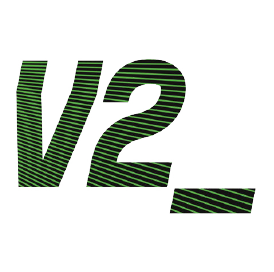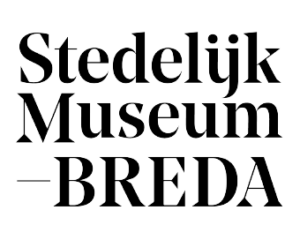CARADT operates at the intersection of art, design and technology. It has substantive practices of engagement and exchange across a range of social, technological and scientific contexts. Rather than working within the confines of a particular discipline or knowledge domain, CARADT’s research groups take a meta-position, contributing to the continued reinterpretation and reformulation of these knowledge domains.
Building on a strong intellectual foundation, CARADT’s research draws, in terms of methodology and conceptual apparatus, from various academic fields, including philosophy, sociology, cultural studies, design research, art history, art theory, cultural history, and technological research. In doing so, our aim is for a creative and critical approach. In this way, concepts and proposals from within the academic sphere gain new relevance through their varied application and reformulations in the practice-led research of the research groups, as well as Avans’ art and design education.
There are three research groups within CARADT;
- Research Group: Cultural and Creative Industries
- Research Group: Situated Art, Design and Technology
- Research Group: Regenerative Art and Design
Education and Knowledge Transfer
CARADT is firmly embedded within the education offered at Avans. Our practice-based research feeds directly into the curricula of design and art education, including St. Joost School of Art & Design and other educational programmes. Students participate in ongoing research, develop critical perspectives, and apply their creative skills in socially relevant contexts. Through this, they engage directly with creativity and critical imagination as competencies that enable them to question dominant narratives and contribute to transformative practices.
CARADT directly integrates research into education by developing new programs and by having tutor-researchers actively teaching within existing curricula. In collaboration with Avans academies, tutor-researcher contribute to educational innovation and bring their practice-based insights into the classroom and vice versa. This results in:
- Innovative curricula (e.g. Master ‘Health by Design’)
- Learning labs and workshops (e.g. Material Incubator Lab)
- Interdisciplinary minors (e.g. Minor Ecology Futures)
Subsequently, the research and its outcomes are put into practice through concrete developments within (professional) art and design practices. Applied research is a strong aspect of higher vocational education, which enables dynamic and responsive interaction with empirical developments across relevant (professional) fields – often more readily than university institutions are able.
Quality and Impact
CARADT follows a structured quality system based on a formal Quality Plan that outlines standards for research, including peer review, methodological rigour, and demonstrable impact.
We employ a combination of quantitative and qualitative indicators to monitor impact, such as stakeholder engagement, knowledge dissemination, and social value creation. CARADT actively contributes to national and international dialogue about the position of artistic and design research, for example through participation in the ClickNL KEM-agenda.
In November 2024, CARADT successfully completed the BKO audit (Beoordelingskader Onderzoek), confirming the centre’s compliance with national standards for applied research in universities of applied sciences. The results of this audit inform the continuous improvement of our quality assurance practices.
In addition, CARADT is supported by an Advisory Board, which provides independent guidance on the centre’s strategic direction and research quality. The board members are Angelique Spaninks (director/curator at MU Hybrid Art House), Anne Nigten (director of CASE, Centre for Arts & Sciences Education at the Amsterdam University of the Arts), Joke Hermes (Professor Inclusion and the Creative Industries at knowledge center Applied Research x Creativity, InHolland), Iris van der Tuin (at Utrecht University), and Henri Swinkels (Researcher). Together, they contribute to the critical reflection on CARADT’s societal relevance, partnerships and future development.
Applied Research at Avans University of Applied Sciences
As a knowledge-based institution, Avans University of Applied Sciences develops new knowledge for education and society as a whole. As part of this, lecturers, lecturing researchers and students conduct practice-based research for businesses, government agencies and civil society organisations. The results of this research are implemented into the curriculum of Avans. Knowledge valorisation is a key item on the agenda: Avans takes care to ensure that our newly acquired knowledge is of public value.
At Avans, lecturers, researchers, teachers, and students work in more than 30 research groups. Avans organizes this in four Centres of Expertise (CoE’s) that focus on four key research areas and two expertise centres (EC’s) with an overarching theme. CARADT is one of the expertise centres of Avans University of Applied Sciences. Other Centres of Applied Research at Avans are:
- EC Future-Proof Education
- CoE MNEXT
- CoE Perspective in Health
- CoE Safe & Resilient Society
- CoE Wellbeing Economy and New Entrepreneurship
CARADT also partners with universities, cultural institutions, municipalities and industry, both nationally and internationally.

















































